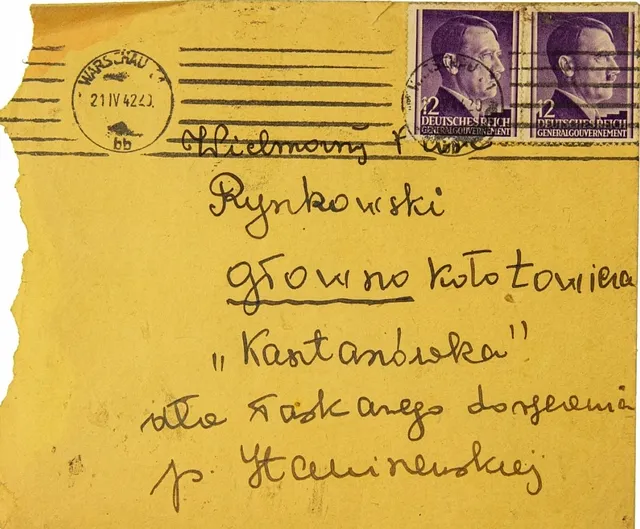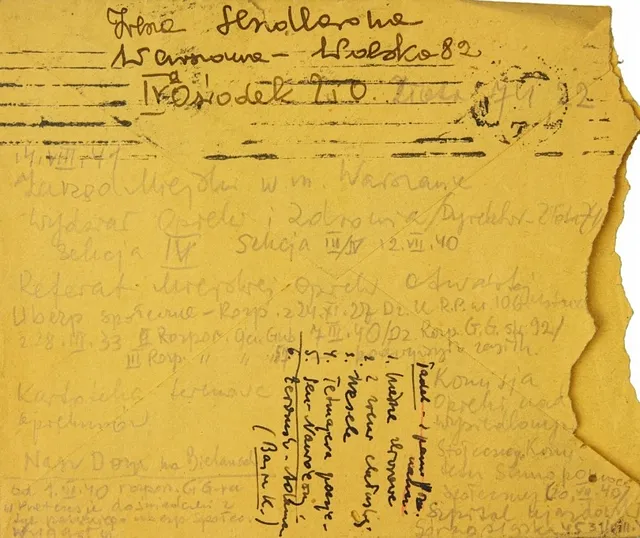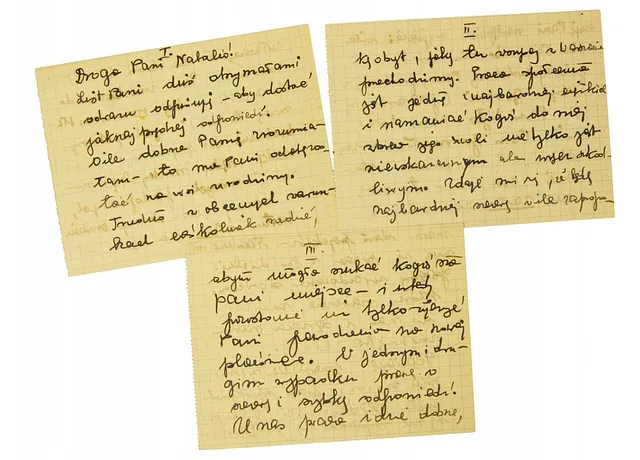A version of this article, also by Gregg Philipson, was published in the magazine of the Society of Israel Philatelists in 2023.
Collecting serves a purpose for every collector. It’s an opportunity to study, learn, educate and exhibit artifacts of historical significance. For me, collecting provides a platform to acquire and safeguard artifacts about Jewish life and history. Many tragic events have impacted the Jewish people, and collecting provides me an opportunity to rescue the evidence from a specific event or time so that it will not be removed from history.
With a Little Help from My Friends
Over these many years of collecting, my network of friends, both in the USA and abroad, has grown. These relationships have provided me with knowledge and understanding on so many topics. We share our material and discuss the significance of our treasures. My friends come from all walks of life and from many countries. We may not always share the same politics or religion, but we do share a great respect for one another. We all share the love of expanding our knowledge and our collections. My circle of friends knows that one of my passions is educating about the Holocaust.
In March of 2021 my dear friend and fellow collector Mieczyslaw J., from Lubin, Poland, found an important piece of Holocaust history on a local auction. Knowing that I did not have access to this auction he offered (as he has done many times in the past) to bid on my behalf. The artifact, from 1942, was an original, handwritten, six-page letter from Irena Sendler—with its original envelope.
Postmarked April 21 at Warsaw, Poland, the cover is franked with two 1941 Mi-75 12 Groschen Deutsches Reich Generalgouvernement Nazi occupation stamps. The letter was authenticated by Holocaust experts and then translated by my friend Mieczyslaw. Mieczyslaw placed my bid successfully, and together we were the high bidders on this unique piece of Holocaust history.




Translation from Mieczyslaw:
Dear Mrs. Natalia!
I received your letter today and I am writing back immediately - to get an answer as soon as possible. If I understand you correctly - you want to stay with your family in the countryside. It is difficult to advise anything under the current conditions, especially as it is also about your health. I understand your discouragement to care work: I explain it to myself, on the one hand, by the lack of mental strength to fight the material and moral poverty of our pupils, and on the other hand, by the lack of fortitude in your care for the hard struggle that we all are going through here in Warsaw. Social work is one of the most difficult and it is not only inadvisable but even harmful to persuade someone to do it against their will. It seems to me that I will be the most honest if I suggest you the following solution: if you want to come back to us - we will welcome you in our company as warmly as possible and we will try to make you feel good with us, and after considering all of you " for "and" against "will stay in the countryside - please let me know so that I can look for someone to replace you - and then I will only wish you good luck in your new facility. In both cases, I am asking for an honest and quick answer. With us, work is going well, we have a lot of projects - work in the Cooperative is developing nicely. We are delighted with the sun that has finally come to us and warms our cold bodies.
To conclude - on behalf of myself and your patrons, I am sending you a lot of affection ("please do not cry") -
Signature
April 21, 1942
Who Was Irena Sendler?
Sendler is a true Holocaust hero—and the definition, in my mind, of an upstander. She was a Polish Catholic nurse and social worker, born in 1910, who publicly denounced anti-Jewish discrimination while at university and was known for standing up for colleagues who were under attack by nationalist military groups.
In the early years of the Holocaust, Sendler was the head of Zégota, a Polish underground movement aiding Jewish people in the Warsaw ghetto. Using her position as a social worker, Sendler entered the Warsaw ghetto repeatedly after it was sealed, smuggling children out each time. She hid them wherever they would be safe—allies’ homes, convents, boarding schools, etc.—and provided them with new identities. To ensure they could be reunited with their families after the war, she recorded each name (in code) and its corresponding fake identity, keeping them on slips of paper in a jar.
In all, Sendler managed to save 2,500 Jewish babies and children from the Warsaw Ghetto. Though she was arrested, tortured, and sentenced to death by the Gestapo in 1943, she escaped, assumed her own fake identity, and continued her work helping the Jewish people in Warsaw.
Sendler would later become a Righteous Among the Nations, an honor bestowed on her by Israel’s Holocaust Memorial, Yad Vashem in Jerusalem. She died in 2008 in Warsaw, Poland.
Connecting to History
Knowing Irena Sendler’s story and holding this letter gives me a powerful, meaningful and deep connection to this hero and to the Holocaust. When I speak with students at all levels, I bring this letter with me. It’s the perfect artifact for them to touch and discuss, making their own direct connection with this modest woman who knew that doing what is just and good is all that mattered.
Be an upstander, show kindness, save a life and lend a helping hand to those in need. Be the voice for those who cannot speak for themselves. These are the Jewish values that I grew up with, and the values to which all humanity should adhere.
This rescued piece of evidence from a woman whose life was well lived in service to mankind is proof that, even in the darkest times, living those values can make a profound difference for countless people.
